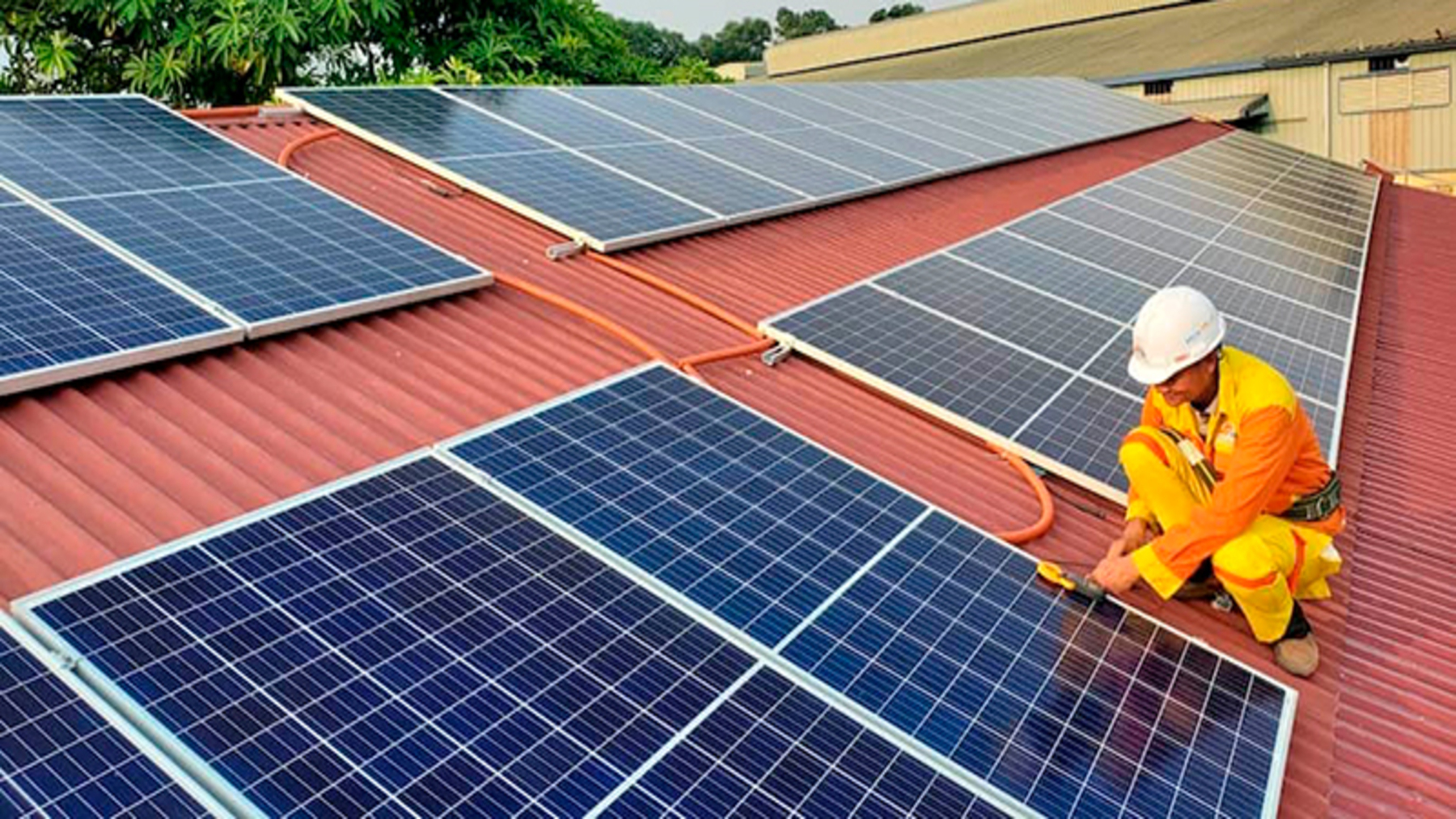During the year 2023, the own use Spain experienced its first slowdown in growth. After an impressive 26-fold increase in annual installed capacity over the past four years, 1,943 new megawatts (MW) were installed, representing a 27% decrease compared to the record reached in 2022. This data comes from APPA Renovables’ Annual Photovoltaic Self-Consumption Report, pointing to a significant change in the dynamics of renewable energy development in the country.
Challenges and opportunities: perspectives for self-consumption in 2024
Despite the historic slowdown in growth, the own use managed to surpass the 7 gigawatt (GW) mark installed in Spain at the end of last year. The nearly 2,000 new MW, divided into 1,416 industrial MW and 527 residential MW, marked an important milestone in the country’s total self-consumption capacity. This performance underlines the resilience and continued expansion of the sector, despite the slowdown recorded in the last historical period.
In contrast to the extraordinary growth recorded in 2022, when self-consumption increased by almost 2,650 MW, divided between 1,625 industrial MW and 1,024 residential MW, a notable decline was expected last year. Nearly 2,000 new MW were installed, of which 1,416 MW were intended for industrial installations and 527 MW for residential installations. accounting for about half of the previous year’s increase.


During a press conference, José María González Moya, general manager of APPA Renovables, attributed this “temporary” decline to the gradual end of support for installations from the Recovery Funds, as well as to the decline in electricity prices compared to the peaks seen in recent years were reached. 2022.
Exceed expectations and move forward toward PNIEC goals
The chairman of APPA Own useJon Macías highlighted that despite this change in trend in 2023, the report is very positive and represents a 69% growth in self-consumption in just two years. This increase consolidates the sector and paves the way to achieving the target set in the government’s National Integrated Energy and Climate Plan (PNIEC), which aims to reach an installed capacity of 19 gigawatts (GW) by 2030 reaches. Achieving this target would require an installation rate of 1.6 GW per year, and according to González Moya they are currently exceeding that forecast.
The continued growth of recent years has allowed self-consumption, after the boom that occurred following the abolition of the so-called “solar tax” with the change of government to the PSOE, to surpass nuclear energy in installed energy. However, it is still important to note that.
APPA expects that, by 2024, the self-consumption sector will be able to maintain similar levels of new installed energy compared to the previous year, while benefiting from growing economic accessibility to facilities. José María González Moya said: “We believe we can get closer to the 1.9 GW registered in 2023.” This outlook highlights the continued viability and expansion of the sector in the coming year.
Financial challenges of self-consumption in Spain and its promising horizon
Financial challenges of self-consumption in Spain and its promising horizon. Spain’s own electricity consumption reached 3% of total demand last year, which generates 7,262 GWh. However, the sector faces challenges in disposing of the surplus due to legal and technical constraints, resulting in a loss of 18% of potential generation. This corresponds to 1,642 GWh, with financial losses of almost 131 million euros in 2023 and accumulated losses of 405 million euros since 2016. Taking advantage of all self-consumption would have covered 3.7% of national electricity consumption, which amounts to 0 .7% that are not benefited from. . Despite this disadvantage, the sector emphasizes the “great potential” of self-consumption, with investments of 7,085 euros for an average installation of 4.7 kW and the possibility of recouping the investment in about seven years.

